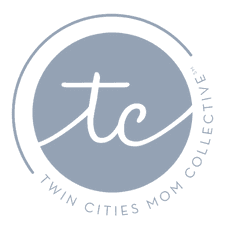What comes to mind when you hear the word “laser?”
While a recent Google internet search produced approximately 9.88 million results in just under a second, many of you may have thought of the lightsabers and blasters in Star Wars. Others may have been reminded of the multitude of laser applications in skin care, medical aesthetics, oncology, ophthalmology, defense, entertainment, or construction. As one of the few pediatric offices in the Twin Cities utilizing the Solea® dental laser, Camp Smile Pediatric Dentistry is excited to introduce laser dentistry, explain its use in pediatric dentistry, and answer some of the most common questions regarding the dental laser.
What does “laser” actually mean? When were lasers first introduced in medicine and dentistry?
Initially introduced in medicine in the 1970s, “laser” is actually a fancy acronym for “Light Amplification by Stimulated Emission of Radiation.” Lasers have been used in dentistry since the 1980s when oral and maxillofacial surgeons began utilizing carbon dioxide lasers for the removal of soft tissue lesions. Since that time, dental applications have expanded to include procedures in endodontics, pediatrics, restorative dentistry, dental whitening, and temporomandibular joint disorder pain management (TMJD).
How do lasers work? How does the Solea® work?
Categorized according to the mediums used to produce photon beams of unique wavelengths, lasers create a photothermal effect. Target tissues such as the teeth and gingiva (gums) possess affinities for specific wavelengths. Solea® was developed by Convergent Dental in Boston and is “the world’s first computer-aided, CO2 laser system to ever be cleared by the FDA for hard [teeth] and soft tissue [gums] indications.”1 It utilizes a 9300 nm wavelength.
Is the Solea® safe?
Yes! We carefully review patient medical histories and will discuss any concerns you may have regarding laser use. To ensure proper eye safety, all patients, family members, caregivers, and dental team members wear laser-specific safety goggles during treatment.
Why do we care about lasers? What does the American Academy of Pediatric Dentistry (AAPD) have to say about the use of lasers?
The dental laser is yet another tool to achieve our goal of delivering the best care for our patients and families. In fact, the American Academy of Pediatric Dentistry (AAPD) “recognizes the judicious use of lasers as a beneficial instrument in providing dental restorative and soft tissue procedures for infants, children, and adolescents, including those with special health care needs.”
How can the laser help my child?
Laser dentistry often reduces and/or eliminates the need for local anesthesia, which can alleviate both patient (and parent!) anxiety. The laser routinely shortens appointment time. Additionally, it prevents post-operative “cheek biting,” and helps build patient confidence to facilitate positive attitudes regarding dental treatment. As pediatric dentists, we prefer to avoid the word “shot.” The laser helps us to do just that!
I’ve heard a lot about releases for tongue- and lip- ties. Can the laser accomplish a frenectomy?
For infants and mothers experiencing barriers to breastfeeding due to tongue- and/or lip-ties, the dental laser is a less invasive and more conservative method to achieve release through laser frenectomies. These procedures may be completed in just a few minutes without the use of general anesthesia or sedation. The laser is often more precise (and more conservative) than the scalpel. It produces less thermal necrosis than an electrosurge. The laser simultaneously removes targeted tissue and achieves hemostasis, so sutures are not typically indicated. Additionally, the laser possesses bactericidal properties, so there is less risk of infection.
What are some other applications for the dental laser?
The Solea® can provide palliative relief for aphthous ulcers. It can aid in the treatment of herpes and excise other soft tissue lesions. The laser may be used to revise thick lip ties following orthodontic treatment and in older children with tongue ties that hinder proper speech.
What are some limitations?
While the dental laser has many applications, its use is not indicated for all patients and in all situations. We consider it as another “tool in our toolbox” when making treatment plans to provide the best and most customized approach for each child. Some limitations include more advanced cavities affecting younger children who are unable to sit for treatment in the traditional dental setting.

At Camp Smile Pediatric Dentistry, we strive to meet the unique needs of each patient. We look forward to answering your questions regarding the dental laser at your child’s next visit.
To learn more about the Solea® dental laser, visit our website and check out our videos at https://www.campsmile.com/.
You may also contact us via telephone at (763) 383-1788.
References
- http://ilovesolea.com/about-solea/
- Council on Clinical Affairs. Policy on the use of lasers for pediatric dental patients. Pediatr Dent 2018;40(6):95-7.




